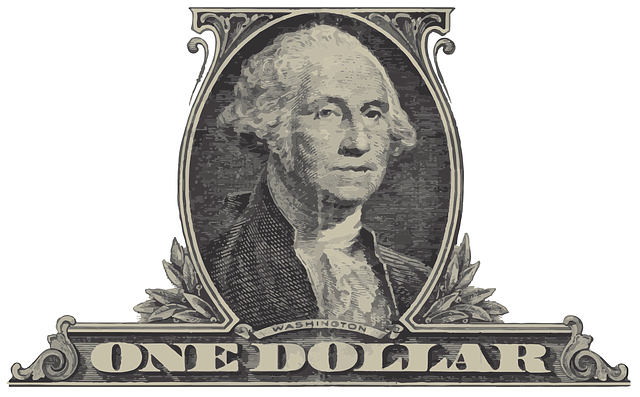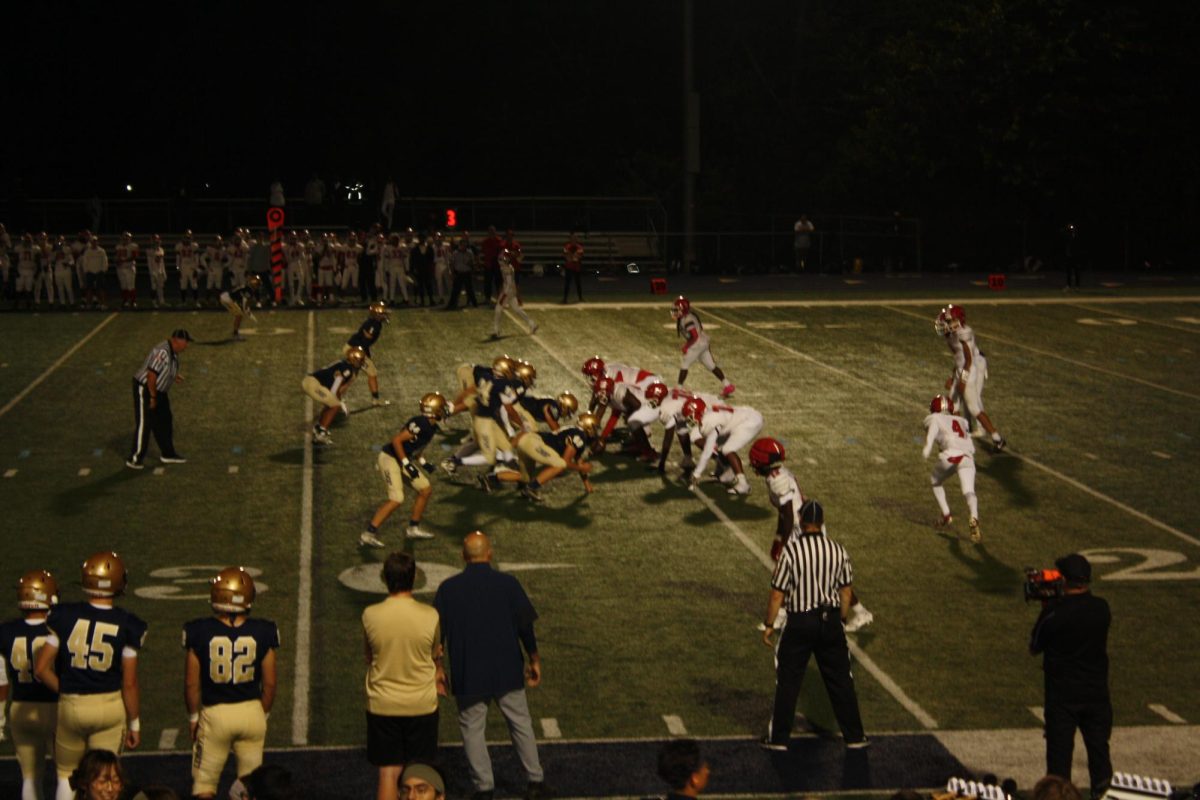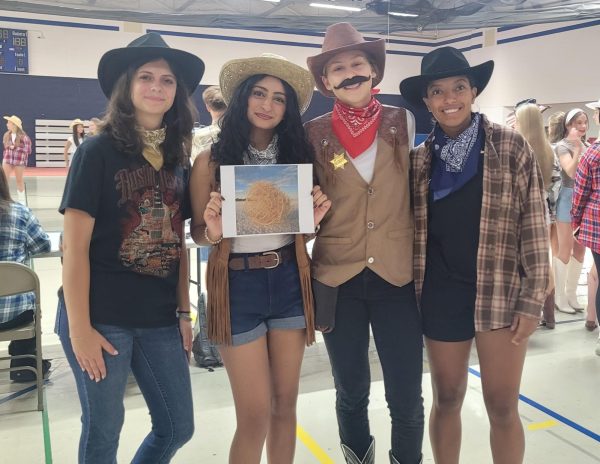Honoring President’s Day
February 20, 2017
President’s Day is a recognized United States holiday that is always celebrated on the third Monday of February. President’s Day originally was established in 1885 to recognize then-President George Washington.
Traditionally, this holiday is celebrated on Feb. 22, Washington’s birthday. President’s Day was moved as part of 1971’s Uniform Monday Holiday Act in an attempt to create a three day weekend for U.S workers.
Several states still have individual holidays honoring the birthdays of presidents Washington and Lincoln. Like Independence Day, President’s Day is traditionally viewed as a time of patriotic celebration and remembrance.
Despite its original creation for Washington’s birthday, the holiday gained special meaning during the difficulties of American history, such as during the Great Depression. Portraits of Washington often capture the front pages of newspapers and magazines on every President’s Day.
In 1932, the date was used to reinstate the Purple Heart, a military decoration originally created by George Washington to honor soldiers killed or wounded while they served in the armed forces.
In its modern form, President’s Day is used by many patriotic and historical groups as a date for staging celebrations, reenactments, and other events to celebrate the day.
A number of states also require that their public schools spend the days leading up to President’s Day teaching students about the accomplishments of the presidents with a focus on the lives of Washington and Lincoln.
President’s Day is now popularly viewed as a day to celebrate all U.S. presidents, past and present.







